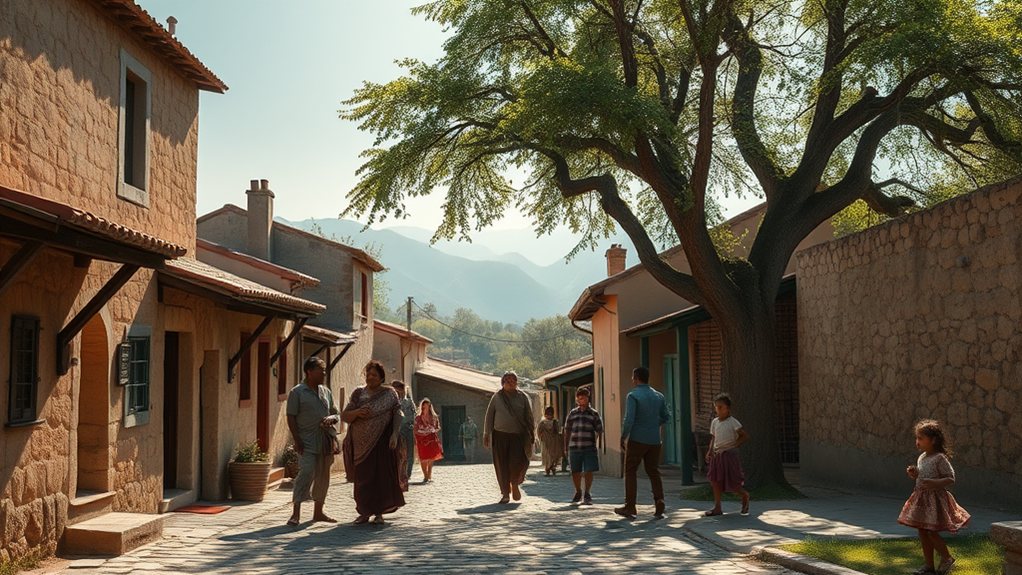
In recent years, Antigua Island has become a troubling hotspot for unexplained disappearances. Nine people have vanished without a trace in just two years. This small island, covering a little over 100 square miles, has a population of about 83,191. The number of disappearances here seems unusually high compared to other Caribbean islands, raising concerns among locals and visitors alike.
One of the most notable cases is that of Hyacinth Gage. A 74-year-old woman, she disappeared six years ago after leaving home for a routine hospital appointment. Despite extensive searches, no one has seen her since. Her case is just one of many, with missing individuals of various ages and backgrounds. Families of the missing continue to seek answers, struggling with the pain of uncertainty.
There are many theories about why these disappearances happen. Some people suggest organ trafficking might be involved. Others speculate that gang activity could play a role, with initiation rites possibly being a factor. Local authorities haven’t provided a clear explanation, leaving the community in a state of fear and confusion. Investigations are ongoing, but many feel that not enough is being done.
In response to this crisis, Patricia Gage, Hyacinth’s daughter, is working to establish an action group. This group aims to connect families of missing persons for support, providing emotional assistance and sharing information. There’s a sense of urgency in the community to address this issue. Many are calling for local authorities to take a fresh look at the disappearances.
Public reaction has been strong. Social media is buzzing with comments reflecting concern over the nature of these cases. Discussions often focus on the implications of elderly individuals going missing. As media coverage increases, so does public interest. Community engagement is essential to raise awareness and support for the families affected by these mysterious disappearances.






